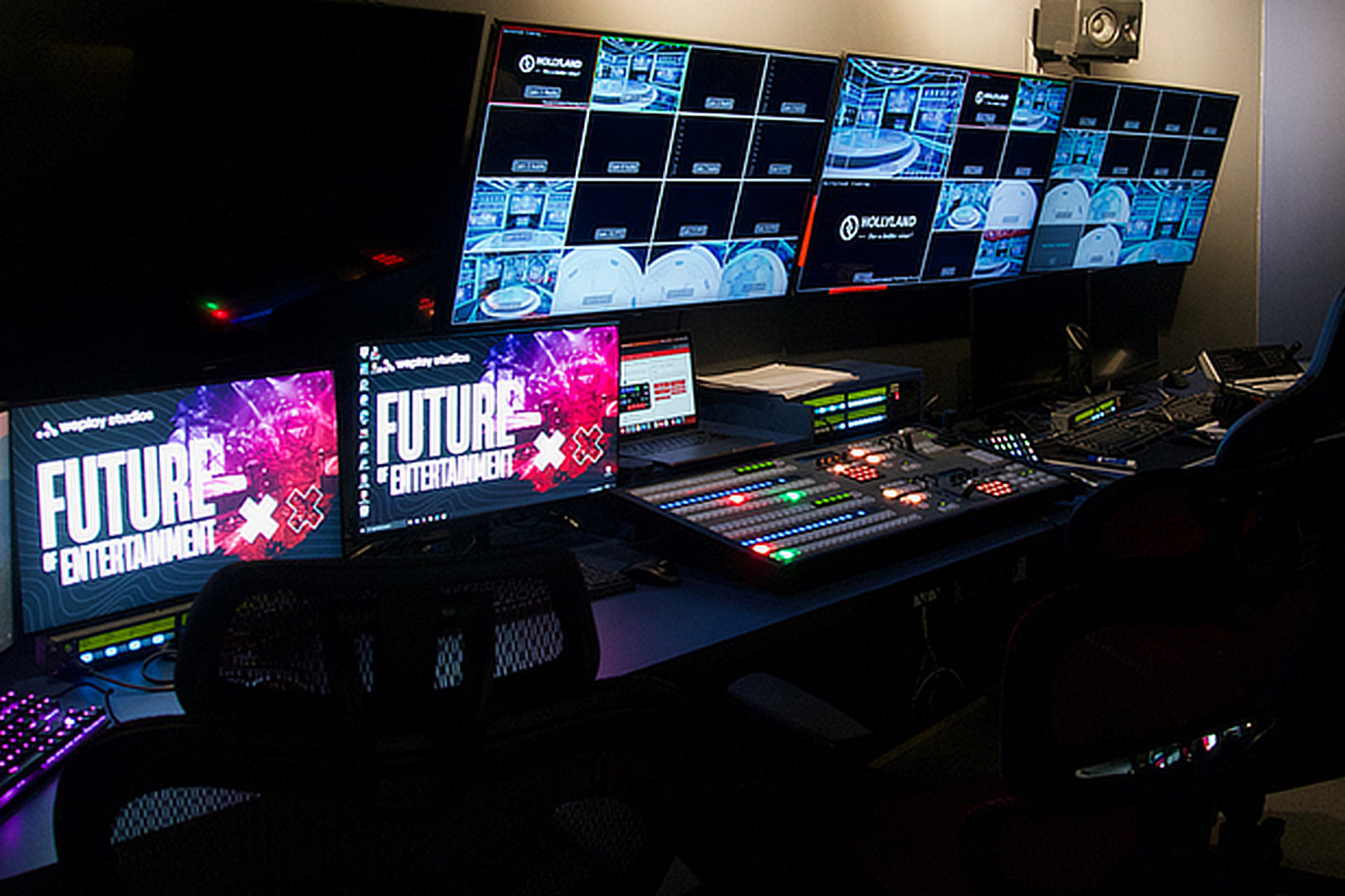Crucial Strategies for Enhancing the Lifespan of The Light Emitting Diode Wall
Wiki Article
Light Emitting Diode screens are becoming progressively popular for multiple applications, from advertising to leisure. To ensure that these displays function efficiently over the years, it is essential to implement strategies that maximize their lifespan. Comprehending the factors that influence the longevity of LED walls can help users sustain their performance and prevent unneeded replacements.
One of the main elements that can extend the durability of an Light Emitting Diode wall is proper setup. It is crucial to have a professional crew handle the installation process to guarantee all parts are correctly connected. Inadequate setup can lead to electrical issues or physical damage. Additionally, the location of the LED wall should take into account surrounding factors such as light exposure and moisture levels. A well-installed screen in a proper site will minimize the risk of damage caused by outside factors.

Routine maintenance is a further crucial strategy to prolong the lifespan of an Light Emitting Diode wall. This includes regular inspections to check for any indicators of deterioration or failure. Dust and dirt can build up on the top of the LED panels, impacting luminosity and hue quality. Cleaning the screens with suitable materials will help keep ideal clarity. It is also essential to monitor the electronics behind the screen, making sure that all connections are secure and that there are no overheating issues, which can greatly reduce the durability of the components.
Power management plays a crucial role in improving the longevity of an LED wall. Excess voltage or unstable electricity supply can harm the internal circuitry. To prevent this, using a reliable electric supply and putting in place surge protection measures is advisable. Additionally, setting the display to function at reduced brightness levels when high luminosity is not necessary can lessen stress on the lights. This not only prolongs the lifespan of the wall but also conserves energy, making it a economical option.
In addition, program control can influence the functionality of Light Emitting Diode screens. Consistently updating the software that controls the display ensures that it runs efficiently and includes any essential safety patches. Old program can lead to performance issues and may expose the system to vulnerabilities. Proper scheduling of content can also assist with go overseeing the demand of the screen, permitting it to idle during off-peak hours, which can aid to a greater durability.
In summary, maximizing the lifespan of an Light Emitting Diode screen involves a combination of appropriate setup, regular maintenance, efficient electric management, and diligent software management. By concentrating on these essential strategies, operators can guarantee that their LED screens stay functional and visually pleasing for many years. Implementing preventive steps will not only enhance the functionality of the Light Emitting Diode wall but also provide a greater yield on investment over the years.